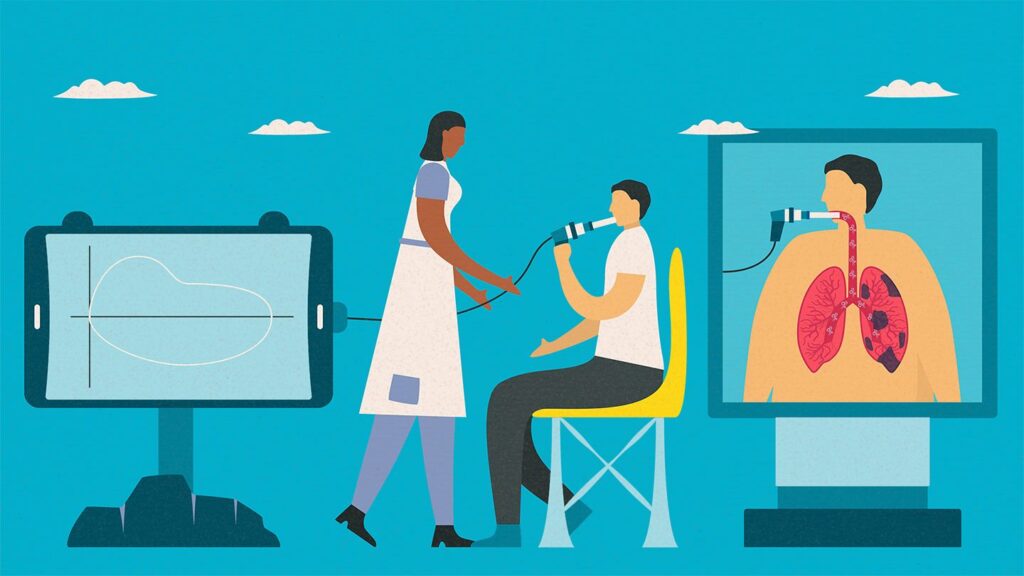According to a WHO report, respiratory diseases account for 11% of the total deaths in India, with the most common respiratory diseases being chronic obstructive pulmonary disease (COPD), pneumonia, pulmonary tuberculosis, and asthma.
There have been some significant advances in pulmonary medicine in recent years. For example, new treatments and therapies have been developed to help improve patient care and treatment outcomes. These advances are likely to impact the future of pulmonary care significantly.
Some of the path-breaking advances are:
- Asthma
Interleukin (IL)-33 is a cytokine generated in response to irritants, viruses, and allergens and operates on a wide range of cells via the ST2 receptor. Astegolimab, an experimental monoclonal antibody that blocks IL-33/ST2 signalling, has been proposed to treat individuals with severe asthma who have failed to respond to currently available medicines. Compared to placebo, the maximum dose of Astegolimab reduced the annualised asthma exacerbation rate by more than 40%.
Tezepelumab-ekko, also known as Tezpire, is a biologic injected every four weeks as an add-on maintenance therapy for patients with severe asthma who are 12 years old or older. It was developed by AstraZeneca and Amgen and approved by the FDA under priority review, which means it outperformed existing options in terms of safety and efficacy or was beneficial in preventing severe diseases or improving patient adherence.
- COPD
In patients with cystic fibrosis (CF), the ideal intravenous (IV) antibiotics period is uncertain. According to a study, two groups of patients, robust-responding and slow-responding, were subjected to 10-14 day courses and 14-21 day courses of antibiotics, respectively.
The mean FEV1 change ( the standard measure of the amount of air one can force from their lungs during a restrictive/obstructive diagnosis) from baseline, improvements in symptom score, rates of treatment failure, and drug-induced toxicity were found to be similar in both groups.
These findings are likely applicable to children with CF. In addition, they back up the recommendation for a 10-day course of IV antibiotics for patients who have a rapid response to therapy and a 14-day course for those who have a slower response.
Patients can benefit from these advances in many ways. For instance, new treatments are available for a range of pulmonary conditions, including COPD, pulmonary fibrosis, and pulmonary hypertension. In addition, advances in technology have led to the development of new diagnostic tools that can help identify lung problems at an early stage. This can allow for earlier treatment and improve outcomes.
However, it’s important to note some risks associated with these advances. For example, some new treatments may have side effects that patients need to know. Therefore, it’s essential to talk to your pulmonologist about any concerns you may have and ask them for advice.
Overall, the advances in pulmonary medicine offer great hope for the future of pulmonary care. Patients can benefit from improved treatment outcomes and reduced risks of developing severe pulmonary conditions. If you have any concerns about your pulmonary health, seek a second opinion from award-winning doctors. Just search for the ‘best pulmonologists near me’ and get expert advice from the comfort of your home.



